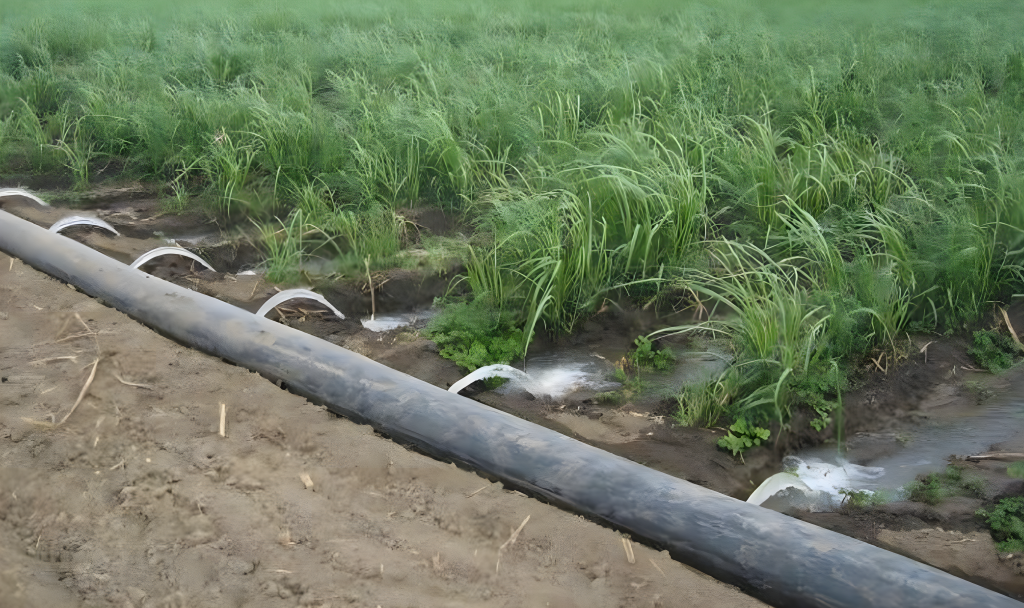7.1 What is irrigation, and what is its purpose?
Liquid streams from treatment processes offer various applications, including agricultural and horticultural irrigation and multiple forms of water reclamation, such as non-recreational water features and industrial processes. The suitability of these applications depends on the volume of liquid produced and the extent of treatment it has undergone.
Wastewater reclamation is particularly advantageous in regions with scarce water resources and facilitates nutrient recovery. When considering reclamation, it is essential to ensure that the quality of treatment aligns with the intended use.
A comprehensive assessment of human health and environmental risks is imperative to guarantee the safety and effectiveness of wastewater reclamation. This should be followed by a multi-barrier approach, which involves the implementation of multiple safeguards and practices throughout the wastewater reclamation process. This strategy aims to create a robust system that minimizes potential hazards and safeguards public health and the environment.

Wastewater reclamation involves four main types of usage: planned, unplanned, direct, and indirect. These types depend on the purpose and method of using reclaimed effluent. In some instances, there may be a certain degree of overlap among the types of usage.
Planned Usage is characterised by the deliberate and conscious application of reclaimed wastewater for a specific purpose. The allocation of resources and the intended end-use are carefully thought out in advance.
Unplanned Usage denotes situations where reclaimed water is utilised unknowingly or unintentionally. This often occurs without prior consideration or foresight.
Direct Usage occurs when reclaimed wastewater is obtained directly from the source. For instance, it involves the controlled discharging of the contents of a vacuum truck directly onto an agricultural field.
Indirect Usage entails the application of a diluted waste stream. A typical example is when treated effluent has been released into a river, which subsequently serves as a source for irrigation.
As described in the proposed rationale by the Global Wash cluster and introduced in Module 1, irrigation should be considered only when:
- There is enough space on-site for controlled reuse.
- Information, means, tools and materials for safe handling and monitoring of treated effluent are available.
For further information, please click on the Materials tab at the top of the page.
Further Reading:
- Sanitation Quality Standard for Emergencies (Link)
